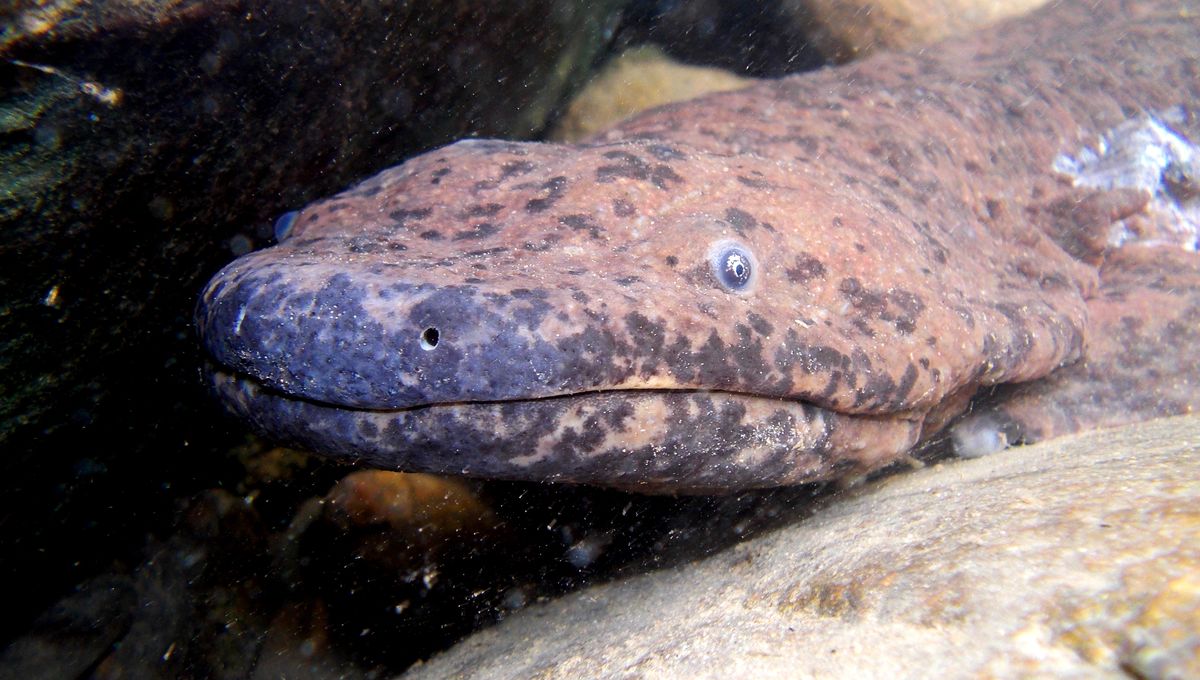
Long thought to be a single species, a new study has revealed that the Chinese giant salamander might actually be up to nine different species, bringing fresh calls to ramp up protections for this critically endangered group.
This isn’t the Chinese giant salamander’s first identity crisis; back in 2019, scientists confirmed that there were in fact three different species of this salamander, with the South China giant salamander nabbing the title of world’s largest amphibian, growing up to 1.8 meters (5.9 feet) long.
The idea that there were multiple species has been kicking about for far longer, however.
“The possibility that Chinese giant salamanders may not be a single species has been suggested by researchers for 20 years,” said Professor Samuel Turvey, an author of the latest study, in a statement.
However, it’s difficult to determine if that’s true just by looking at them; as the study’s lead author Melissa Marr explained, their appearance hasn’t changed in “millions of years”. Instead, the researchers took to genetics, comparing the level of DNA differences between different giant salamander populations with those seen between other salamander species.
“Our research reveals hidden diversity; while outwardly similar, these amphibians have, in fact, genetically diverged into at least seven distinct species,” said Marr. It’s even possible that there could be up to nine different species, but there isn’t quite enough support from the data to say for sure.
What is clear, the authors emphasize, is that the findings should be taken into account when it comes to the conservation of these salamanders.
“As a keystone species, preserving Chinese giant salamanders and their genetic diversity is essential for maintaining the health of their ecosystems,” explained Marr. “Our findings underscore the urgent need to safeguard these unique amphibians before it’s too late.”
The original species, Andrias davidianus, is classed as a critically endangered species by the IUCN, having seen a significant decline in wild populations as a result of overexploitation for food and habitat loss.
Conservation efforts and protections for this species exist, but they don’t automatically apply to the newly identified species – especially as only four of them have a name.
As the authors explain in their paper: “unnamed species cannot be incorporated into national or international conservation frameworks and risk being excluded from recovery efforts.”
“We need to focus our attention on describing China’s previously unknown new giant salamander species, finding any surviving animals, and ensuring that they are recognised in conservation legislation,” said Samuel.
“Without these actions, we’re at risk of losing these remarkable animals forever before adequate protection is in place to conserve them.”
The study is published in the Evolutionary Journal of the Linnean Society.
Source Link: World’s Largest Amphibian Turns Out To Be Up To 9 Different Species